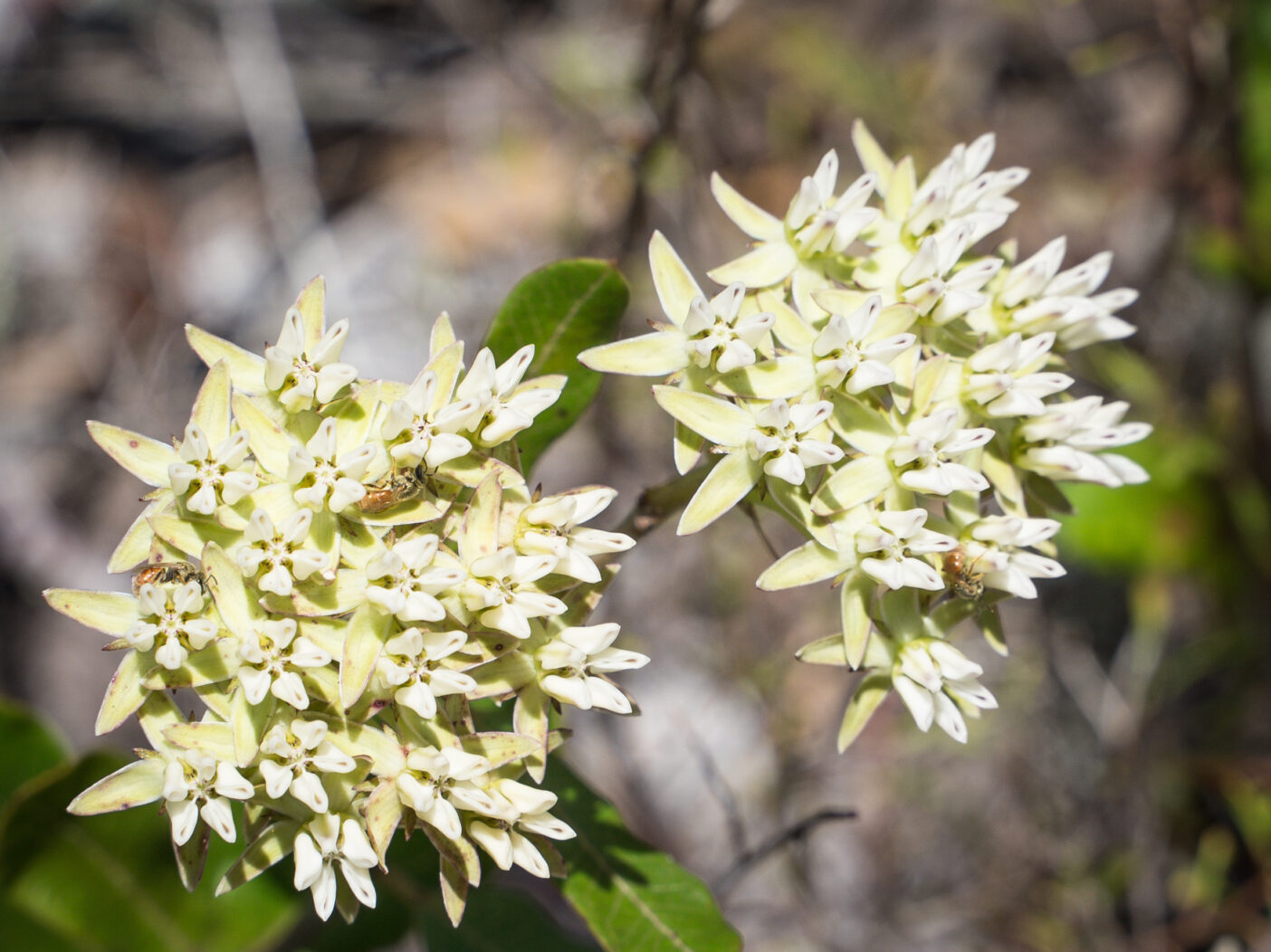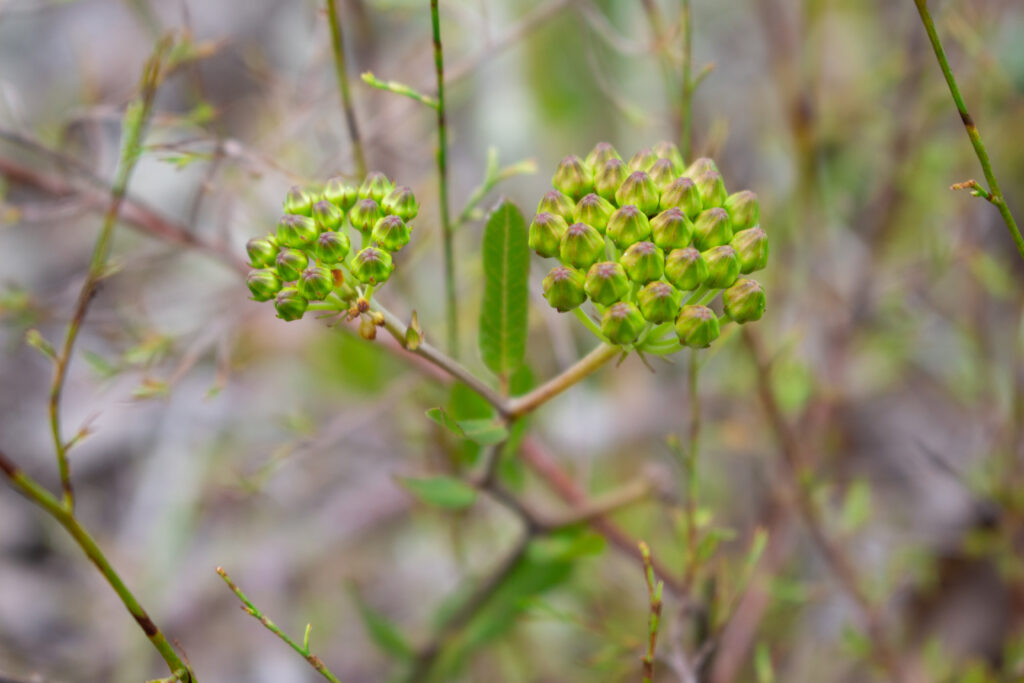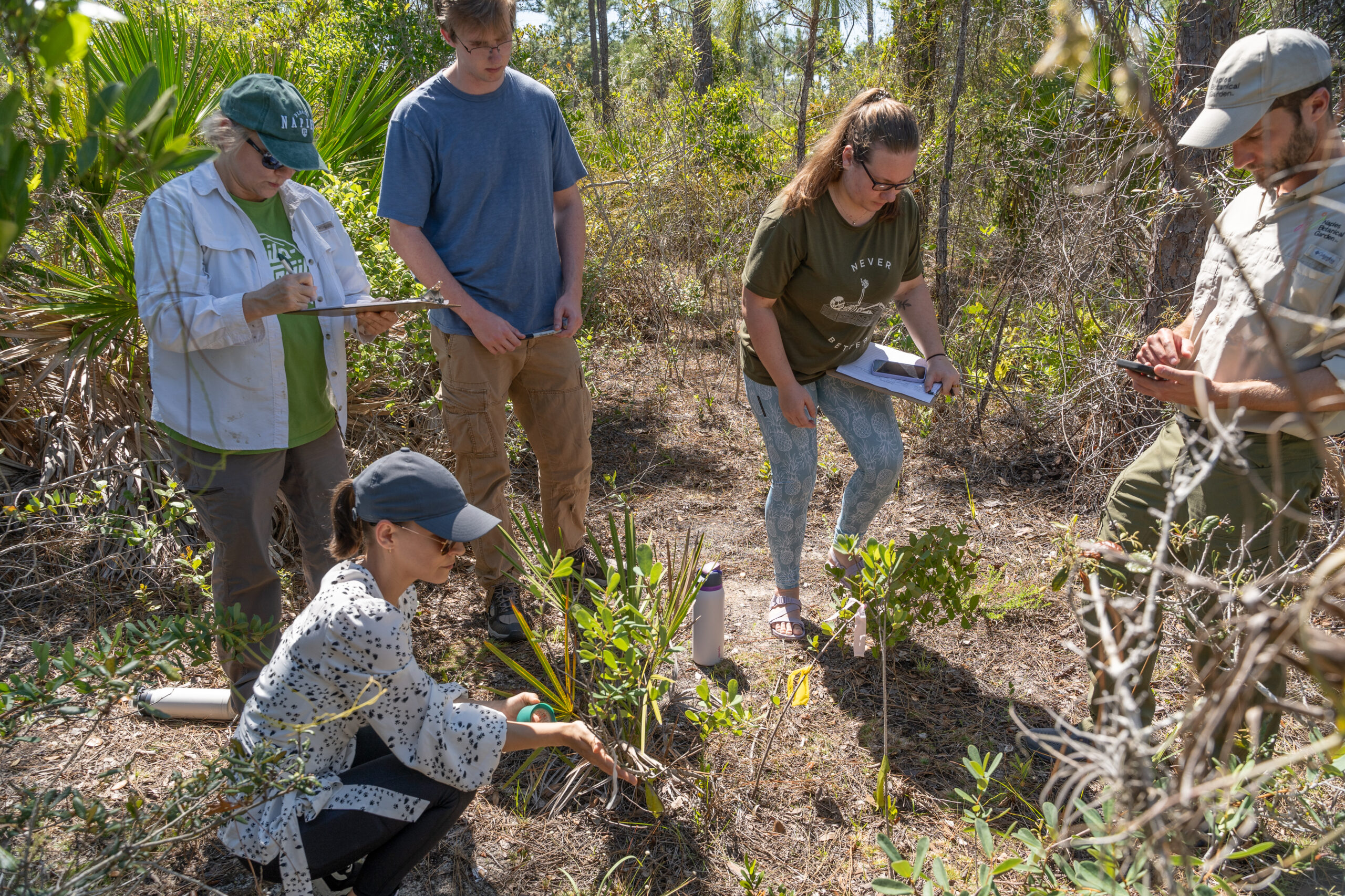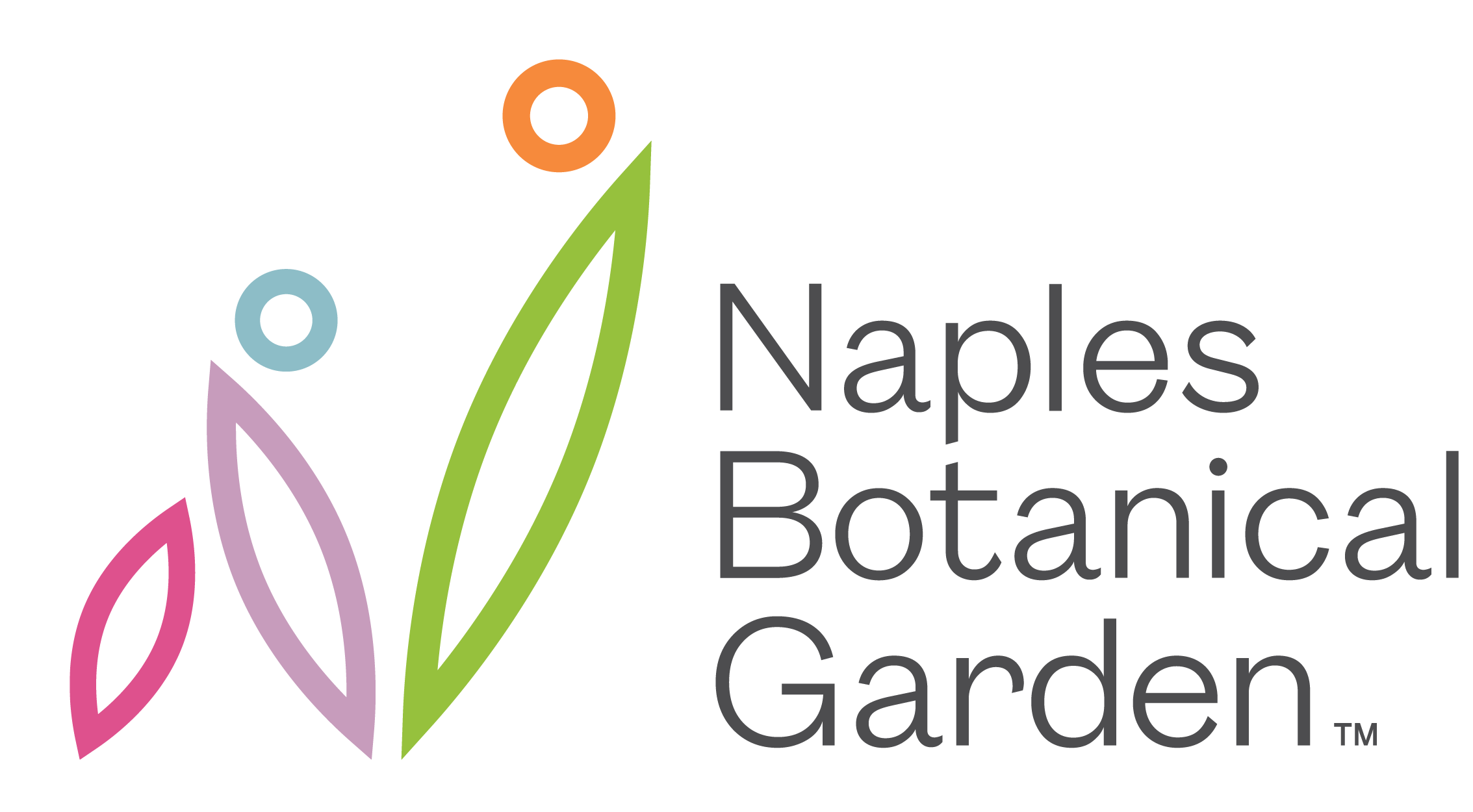
Garden conservationists and FGCU students track surge in key species following prescribed burn
Fire used to be a natural phenomenon in our landscape—during the first storms of summer, lightning strikes would ignite grasses and other plants that had withered over the dry season. Without human infrastructure in the way, these fires would burn until they hit a natural barrier, such as a river or swamp.
Ecosystems on high and dry ground, such as pine flatwoods, were the most likely places for fires to occur. They depend on periodic blazes to keep the landscape the same. Without fire, trees overtake these open pine savannas, and many of the specialized species in the understory begin to disappear.

One such example is Curtiss’ milkweed (Asclepias curtissii). It is listed as “endangered” in Florida because there are so few places left where it grows. Most of its flatwoods ecosystem has been purchased by developers. Much of the remaining habitat has become overgrown due to the lack of fire, prohibiting this milkweed from persisting. As remaining plant populations become disconnected from each other by roads, grassy lawns, and parking lots, the chance that these populations will disappear altogether increases, too.
Could fire help prevent its loss?
Naples Botanical Garden has begun using prescribed burning in its Preserve as a tool for restoring pine flatwoods to the way it used to be. Prior to reintroducing fire, there were only a few flowering Curtiss’ milkweeds documented. It’s not clear whether others may have existed; this species can be hard to find because it is relatively small and can remain dormant underneath the soil for years at a time.

A prescribed burn in July 2023 yielded many plant surprises, including an uptick in the Curtiss’ milkweed population. Florida Gulf Coast University plant ecology students, whose class was held at the Garden, collected scientific data to pinpoint where this species grows best to help Garden staff know more about conserving it. They documented and mapped 59 Curtiss’ milkweed plants and found that they occur only on the Preserve’s most elevated, dry spots. This species prefers full sun all day, so it tends to be found in scrub habitat with few trees. Based on these parameters, students used models to predict that Curtiss’ milkweed might also be found in another area of the Preserve that has not yet been burned. So perhaps more plant surprises await!
This article first appears in the 2024 issue of Conserve, the Garden’s conservation magazine. Learn more about prescribed burns on our website.
About the Author
Jeannine Richards is an Assistant Professor of Restoration Ecology at Florida Gulf Coast University.


